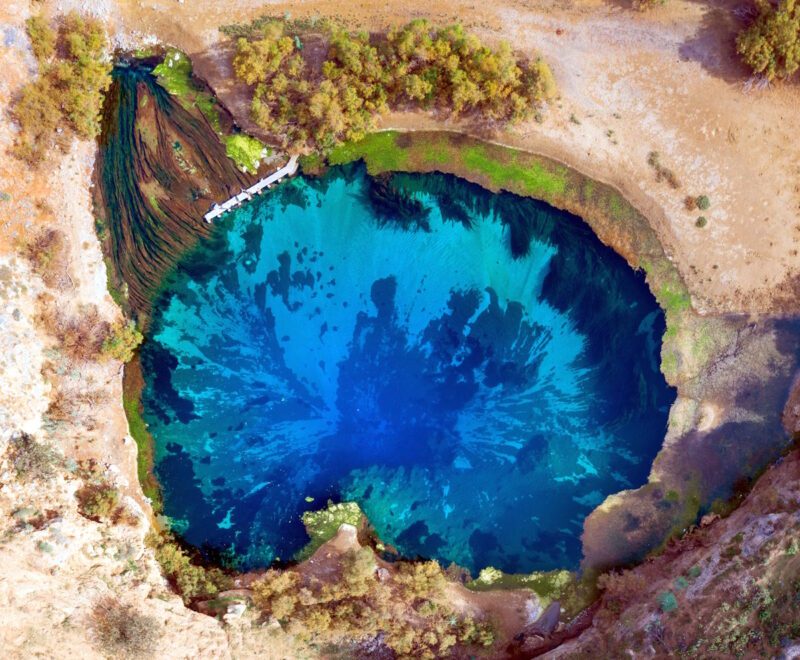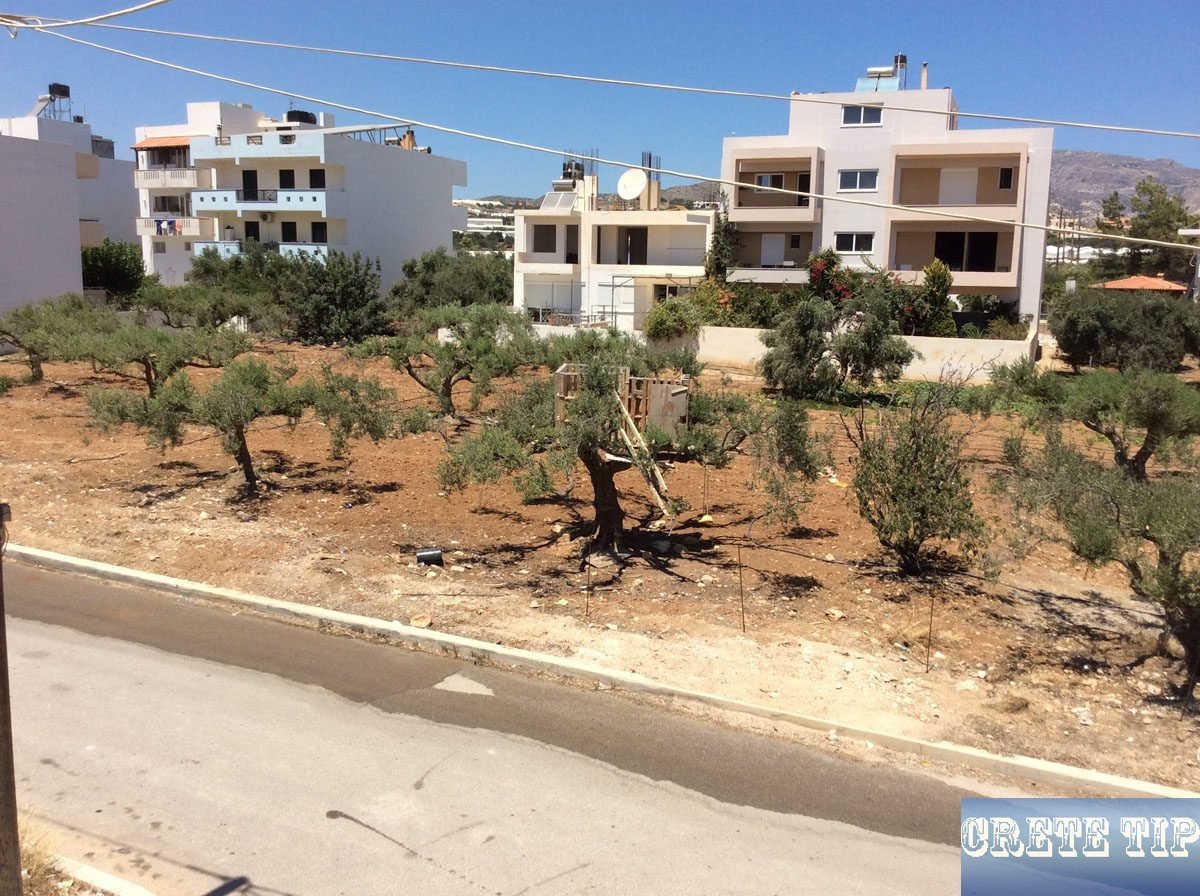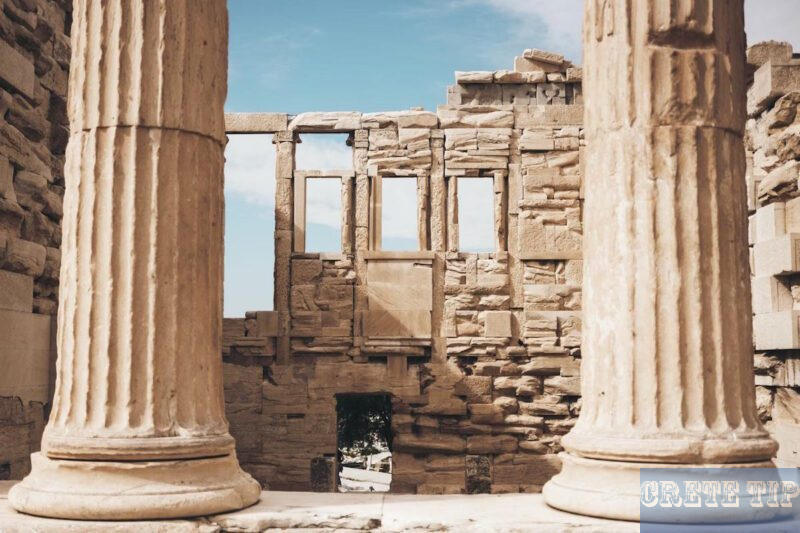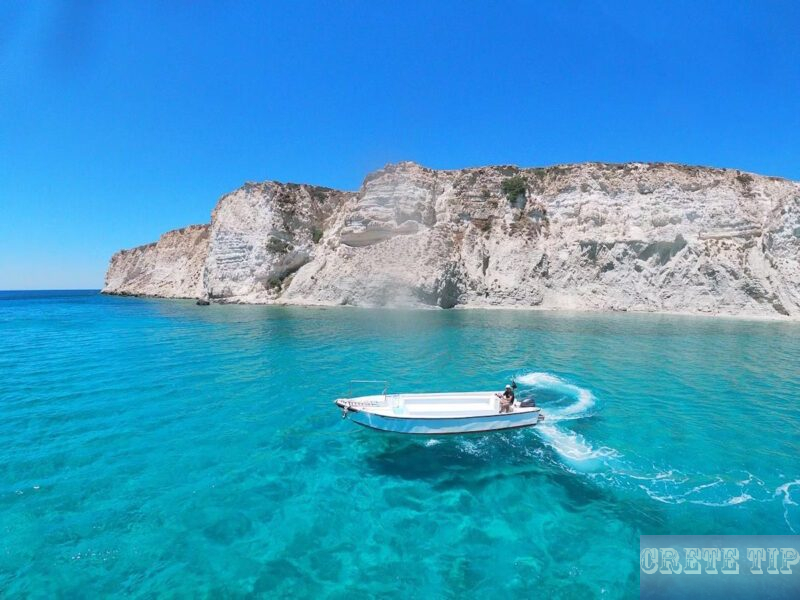Oil-fired power stations supplying electricity to Crete are closing, but the new Attica-Crete connection is not sufficient to secure the island’s energy supply. Why do electricity prices for consumers remain high despite this?

DEI oil-fired power stations to close
An era is coming to an end in Malervizi. The DEI oil-fired power stations are closing their doors.
This step is quite significant for the region. It brings noticeable changes in the energy sector.
The shutdown is part of a plan that focuses on a cleaner, more sustainable energy future. Malervizi is now at the dawn of a new era in which environmental friendliness counts more than ever before.
At the Linoperamata power station, the old oil-fired power stations are gradually being shut down. Most of these heavy machines are already at a standstill.
The last ones will follow in the coming months. Only more modern diesel plants will remain active as an emergency reserve.
Key points about the energy transition in Crete
- Shutdown of oil-fired power stations: The old plants at the Linoperamata power station have been almost completely decommissioned.
- Transition to more modern technologies: Only modern diesel generators are used when needed.
- Electrical connection to the mainland: New electricity connections to Attica and the Peloponnese improve security of supply.
- Dismantling and removal: After shutdown, dismantling of the old plants will begin.
Positive effects
- Environmental relief: Emissions from the old heating oil power plants will finally be eliminated.
- Quality of life: Less air pollution, especially in Linoperamata – you can already notice the difference.
- Regional development: The municipality of Malevizi will receive compensation payments, which will help with new projects.
Quotes from the region
‘The completion of the electrical connection marks the beginning of a new era for Crete and the region. Most of the heating oil machines have already been shut down. This is an important development for the environment and all residents of Malevizi and Heraklion.’

Overview of the Crete-mainland electricity connection
Connection | Status | Impact |
|---|---|---|
Crete – Attica | Completed | Stable power supply |
Crete – Peloponnese | Completed | Increased reliability |
Important for the population
- Clean air means health benefits.
- Less noise – something many people appreciate.
- New opportunities for sustainable energy projects are emerging.
Further relevant topics and videos:
- Giorgos Mazonakis – μαΖΩ Ακόμα (Όλα μου τα θέλω) – Music video
- Cyber Monday deals 2025 at Calvin Klein – Clothing and underwear on offer
- Pax Dei Interactive Map – Explore edible plants and materials
Quick facts
- Heating oil power plants have long been responsible for poor air quality.
- New power grids make the energy supply more stable.
- Malevizi is turning over a new leaf.
Only the reserve diesel generators remain connected to the grid
The mayor says that for decades, the community has borne a heavy burden in terms of the island’s energy supply. The costs of this have been not only in terms of developmental backwardness, but also in terms of environmental pollution.
Only the emergency diesel units remain active. They kick in when demand explodes in the summer and the grid is insufficient.
The grid is supported by renewable energies. The diesel plant then really only serves as a reserve in case the natural sources are insufficient.
Key role of the diesel reserve
- Use only in cases of extreme energy demand: Especially in summer, when electricity demand rises sharply.
- Function as an emergency reserve: Protection against power outages due to insufficient energy supply.
- Limited operating time: Only until the connection network is stable enough.
Progress in electrical networking
With the full activation of the electrical connection network, the island is experiencing a real turning point. After a 20-month test phase, they even plan to gradually shut down the emergency diesel power units.
The community is working to take advantage of this opportunity and switch to renewable sources.
Impact on the region
Factor | Description |
|---|---|
Environment | Less diesel operation, much less environmental impact |
Economy | New opportunities for green tourism and investment |
Quality of life | More clean energy, less noise – that makes a difference |
Community responsibility and commitment
The municipality has developed a concept for green transformation. It includes environmental projects, sustainable tourism and a better quality of life for all.
The local communities – Fodele, Damasta, Linoperamata, Ammoudara and Rodia – have long supported this transition. Their commitment really counts here.
Challenges and recognition
The energy interconnection cable presented many technical and organisational hurdles. The municipality often had to intervene and solve problems.
The communities affected have shown patience and perseverance. The areas that had to live with the consequences of the old diesel plants for years are now benefiting from this change.
Summary of the most important points
- Only emergency diesel units remain active.
- Electrical connection allows transition to green energy.
- Test phase underway, end of diesel plant in sight.
- Community focuses on sustainable development.
- Local communities make a decisive contribution.
A new era begins – studies on the Almyros River underway

There is a lot going on around the Almyros River. Studies are being conducted in the region to enhance the Linopérama zone and strengthen the river’s natural wealth.
This is part of a larger plan that also envisions a greener future for the community. It is not just about technology – the changes are also intended to have a tangible impact on people’s lives, the environment and the economy.
The mayor of Malevizi says they are working on the studies together with technical services. The goal is a green transformation with various projects and concrete measures.
The aim is to no longer just preserve the special natural area around the Almyros River on paper, but also to use and protect it in practice. Sounds almost too good to be true, doesn’t it?
At the same time, those responsible are looking at the coastal zone of Ammoudara. They want to turn it into an attractive destination for tourists.
The port area of Pantanassa and the land zone of Linopérama are also in focus. Plans are being made here to specifically promote sport, tourism and leisure.
A special urban development plan divides the areas into different zones. The aim is to upgrade the entire coastal area – as sustainably as possible.
Attica-Crete connection not enough

The connection between Crete and Attica will be in regular operation from December 2025. There were high hopes – and yes, it does bring relief in terms of energy supply.
But the problems are far from over. Crete needs up to 800 MW of power at peak times.
The new connection cannot manage this alone. ADMIE therefore recommends maintaining at least 500 MW of reserve capacity from conventional power plants on the island.
In plain language, this means that the oil-fired power plants on Crete will continue to operate, even though they should actually be decommissioned. Not exactly what one would call green transition.
Important facts:
Point | Situation |
|---|---|
Peak load on Crete | approx. 800 MW |
Required reserve capacity | 500 MW |
Capacity of local wind turbines | 147 MW (leased from PPC) |
Expected savings for consumers | Approx. €300 million per year (theoretical) |
ADMIEs recommendation is somewhat surprising. The island remains dependent, despite the connection to Attica.
There are still major uncertainties regarding energy supply. Security of supply is not guaranteed.
PPC continues to operate its oil-fired power stations. Emissions are therefore not falling as hoped – this has an impact on the environment and costs.
- Energy security in Crete? Not yet guaranteed.
- Reserve power stations remain necessary.
- Electricity costs for consumers are hardly falling.
- More environmentally friendly energy sources? Still too few.
The completely absurd Greek energy market model is driving up electricity prices

The Greek electricity market in 2025 operates according to a rather complicated auction system. Each hour of electricity is assigned its own price.
This is how the auction round works:
- Electricity producers report how much energy they can supply and at what price.
- Suppliers specify their requirements for the next day.
- The price is determined hourly by the most expensive power plant that is currently needed.
When wind, solar or hydro power are not sufficient, expensive natural gas steps in. The price charged by this power plant then determines the hourly market prices for everyone – even for those who actually produce more cheaply.
Energy mix | Impact on price |
|---|---|
Renewables (wind, solar) | Low costs, but price follows the most expensive unit |
Hydropower | In principle, same as renewables |
Natural gas | Most expensive unit, often sets the market price |
Consequences for consumers and producers:
- Consumers often pay prices determined by expensive gas, even when there is plenty of cheap energy available.
- Renewables are paid the price of the most expensive hour, even though their costs are almost zero.
- A few large suppliers are suppressing competition to a considerable extent.
- Storage capacities are almost completely lacking, and cheap energy can hardly be saved for later.
What makes the system so paradoxical?
- The price of electricity fluctuates wildly because it is always the most expensive unit that counts.
- Cheap energy never gets its own market price, but always that of the most expensive plant.
- As a result, households and companies often pay more than the actual production costs. Doesn’t sound very fair, does it?
Visualisation of price formation:
flowchart LR
A[Producers of cheap energy] --> B[Market]
C[Producers of expensive energy] --> B
B --> D[Price: most expensive unit]
D --> E[Customers pay high price]
B --> F[Producers receive this price]
In the end, expensive electricity sets the overall price, even if most of it actually comes from cheap sources.
Market dynamics and size:
Greece remains a small market with only a few large electricity suppliers.
This causes problems:
- Hardly any competition.
- Individual companies have a lot of pricing power.
- Lack of flexibility because storage facilities are almost non-existent.
Price examples for November 2025 (in pence per kWh):
Supplier | Basic fee (£) | kWh price (pence) | Tariff type |
|---|---|---|---|
Supplier A | 5.00 | 0.25 | Stationary |
Provider B | 3.50 | 0.30 | Variable |
Provider C | 4.00 | 0.27 | Combined |
Prices can fluctuate quite significantly from month to month.
Tips for consumers:
- Be sure to compare providers and pay attention to the type of tariff.
- If possible, choose flexible tariffs to take advantage of cheaper hours.
- Reduce your electricity consumption during expensive hours – sometimes a little planning can help.
You can find more information on current electricity prices and providers on comparison websites such as Kilovatora or Pricefox.





